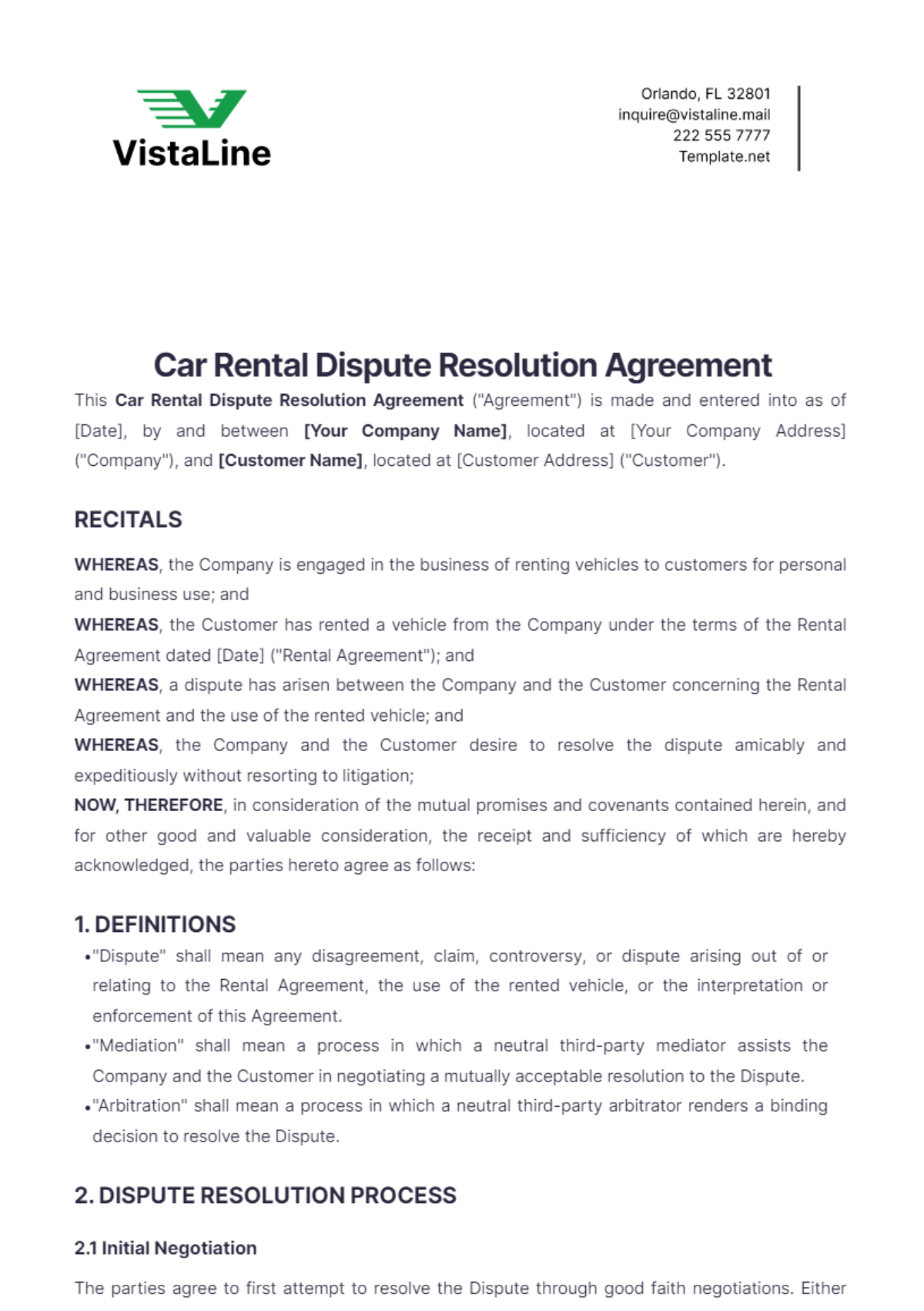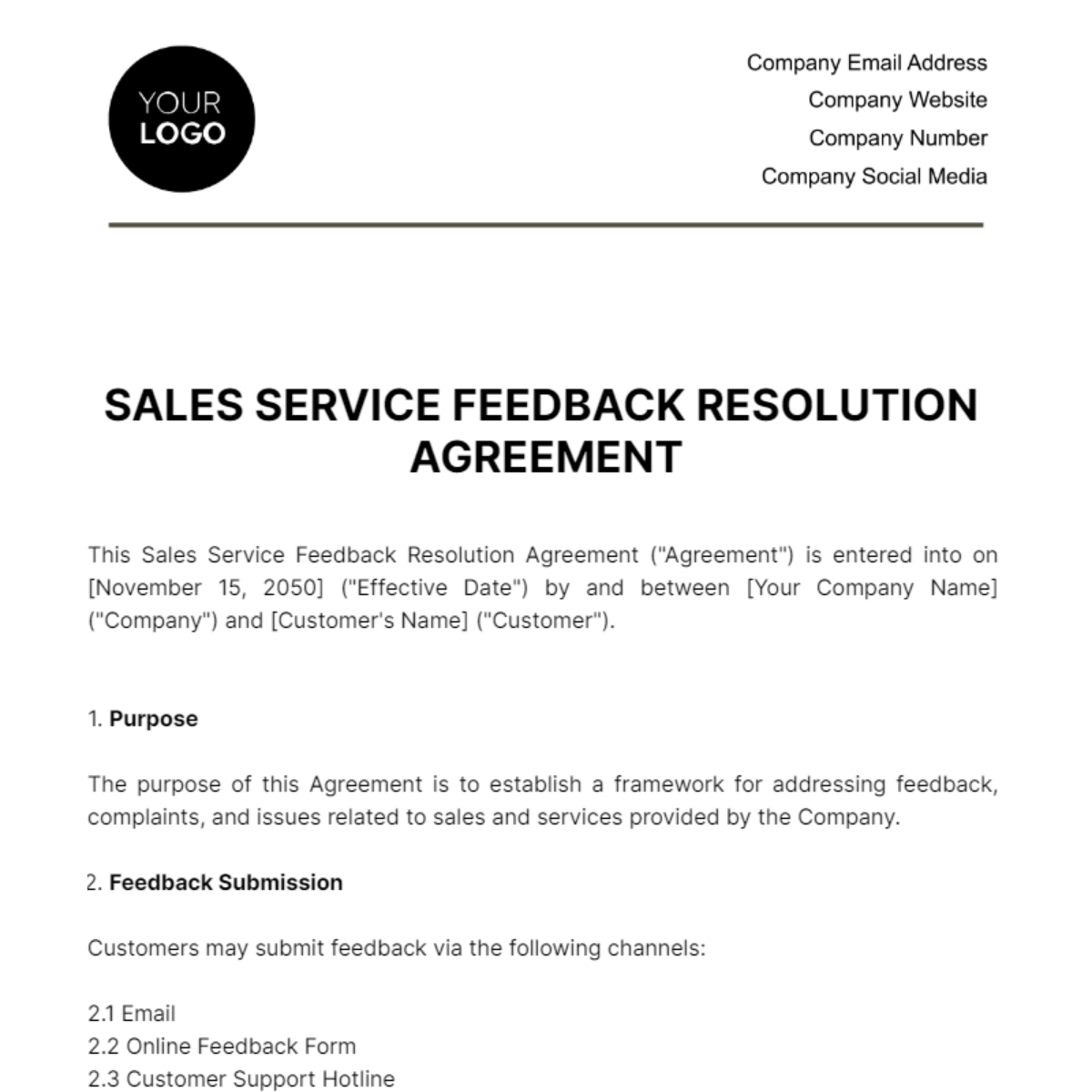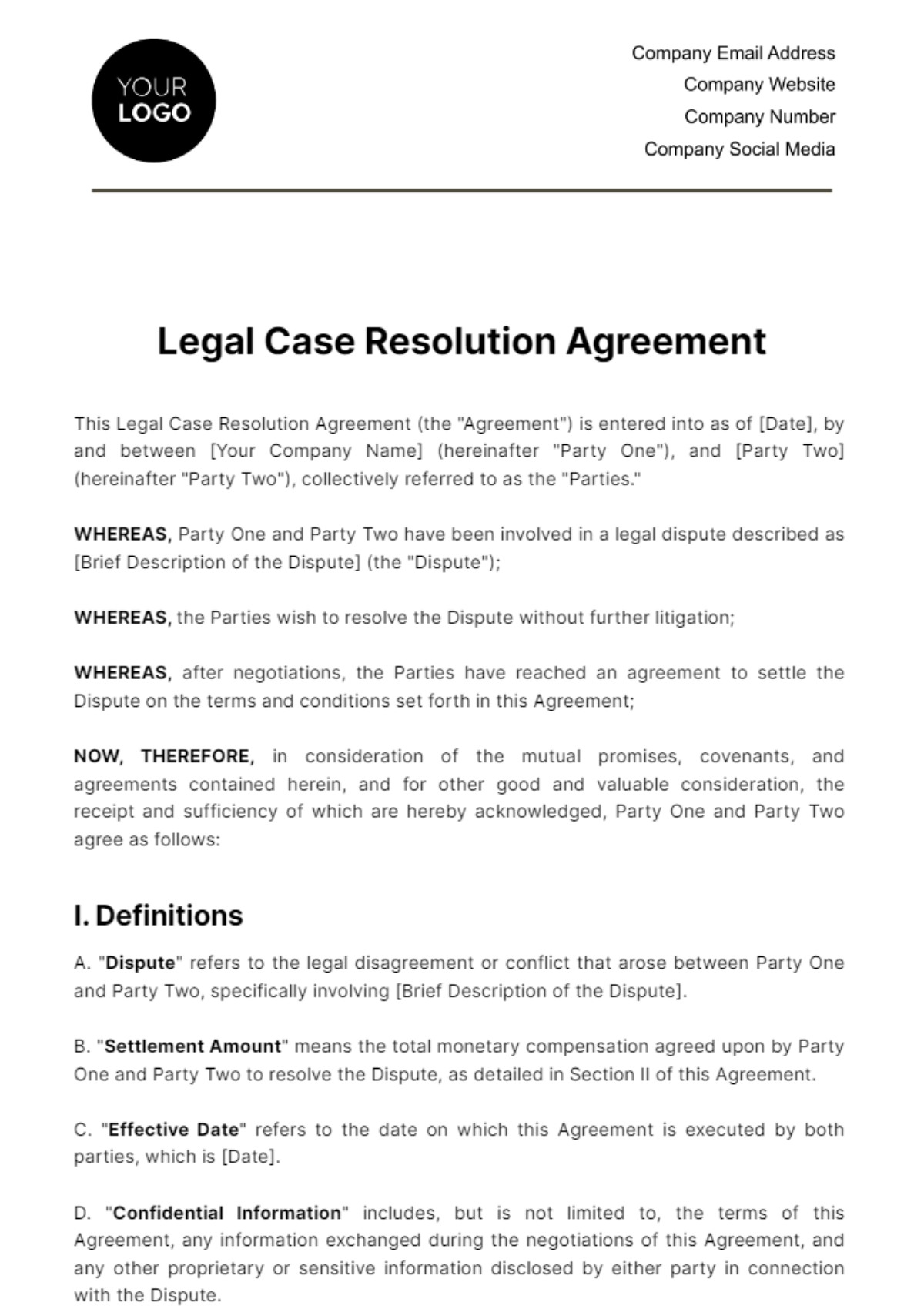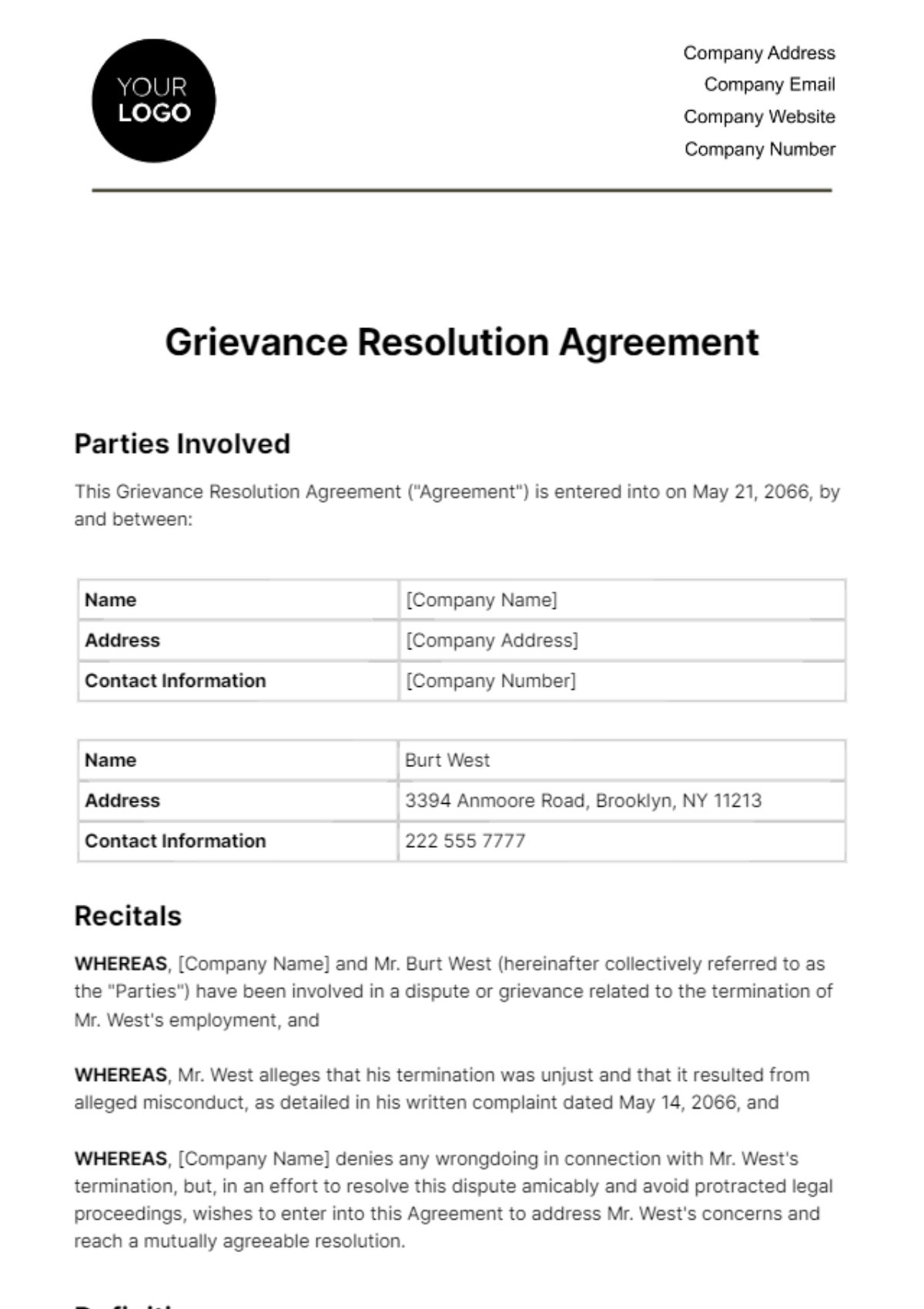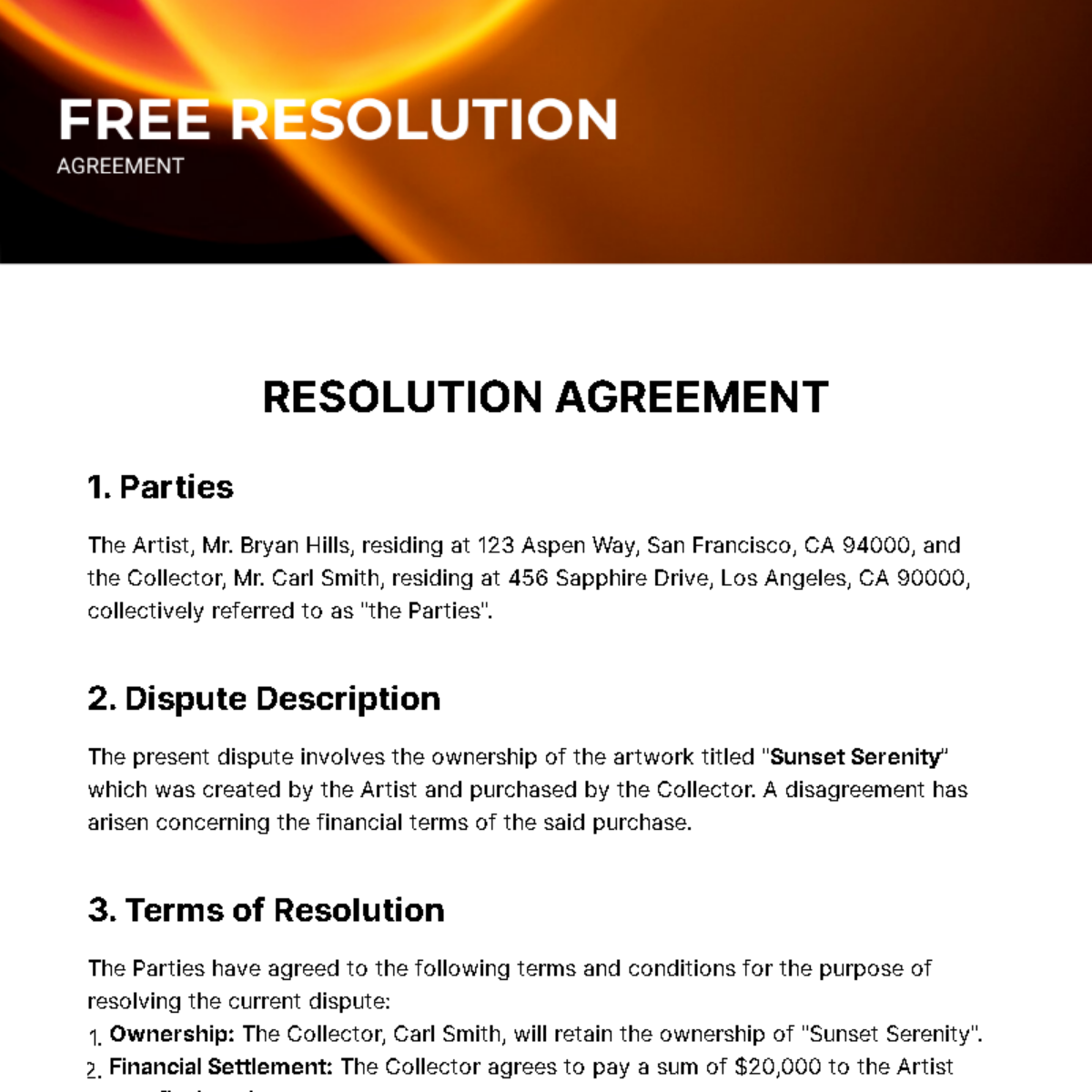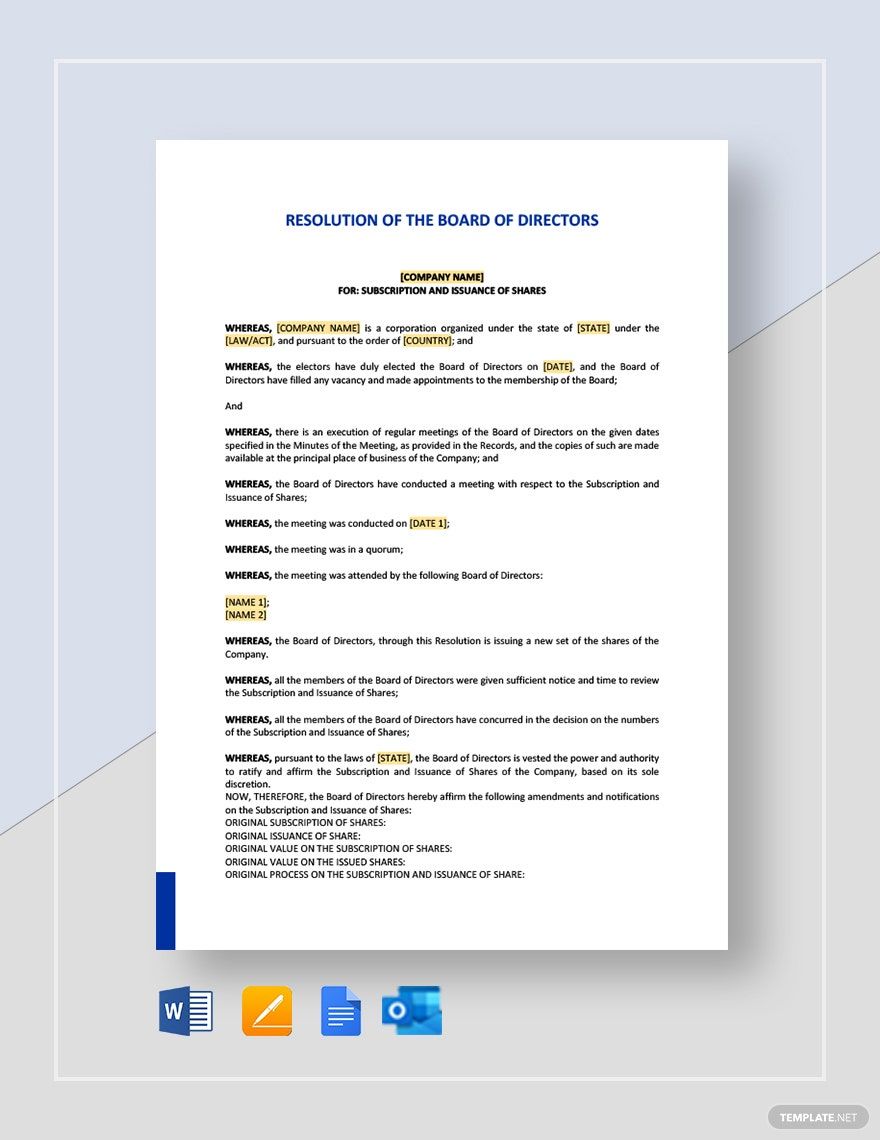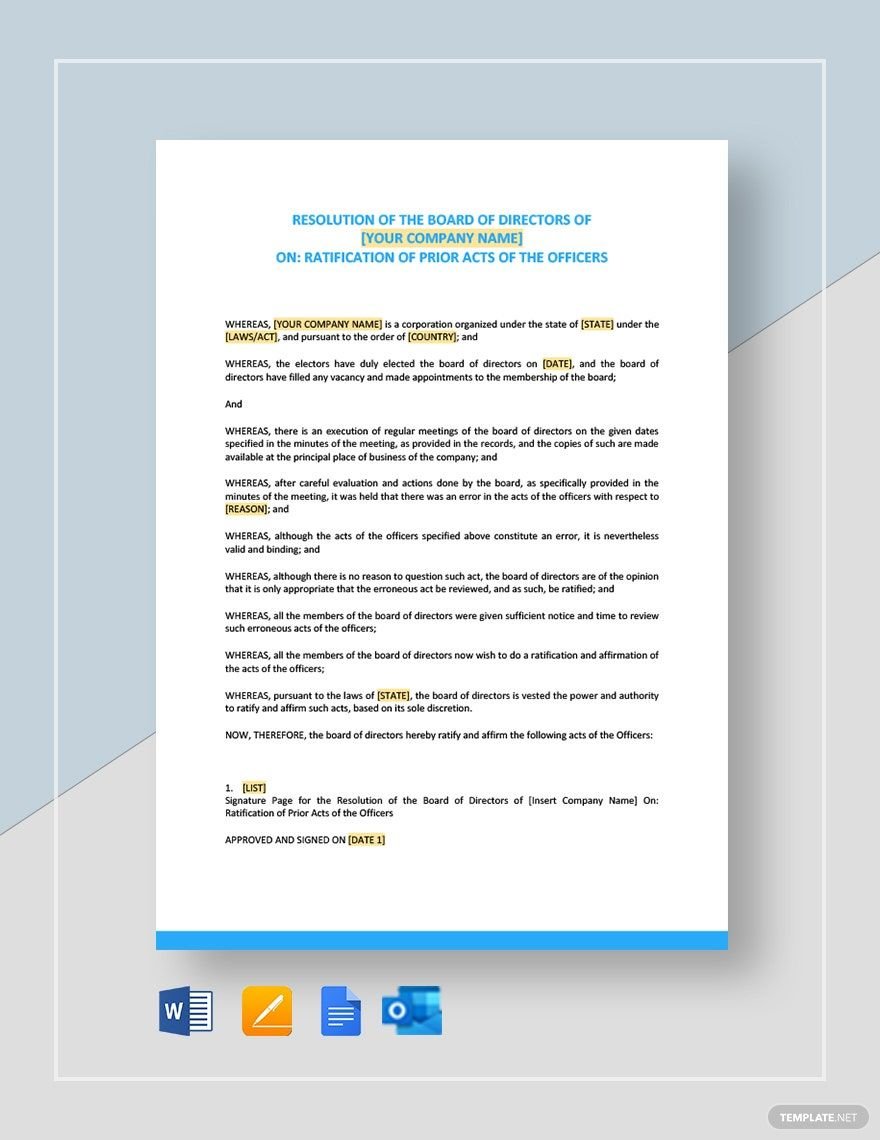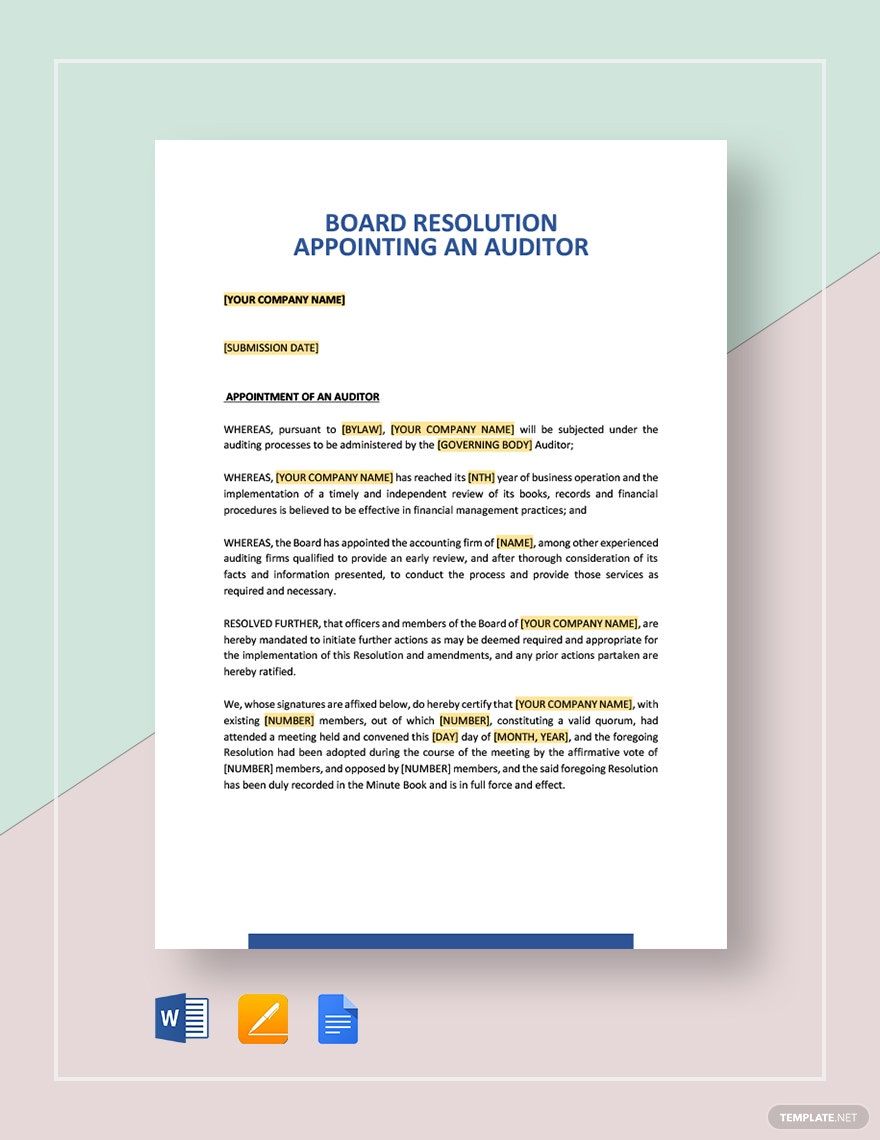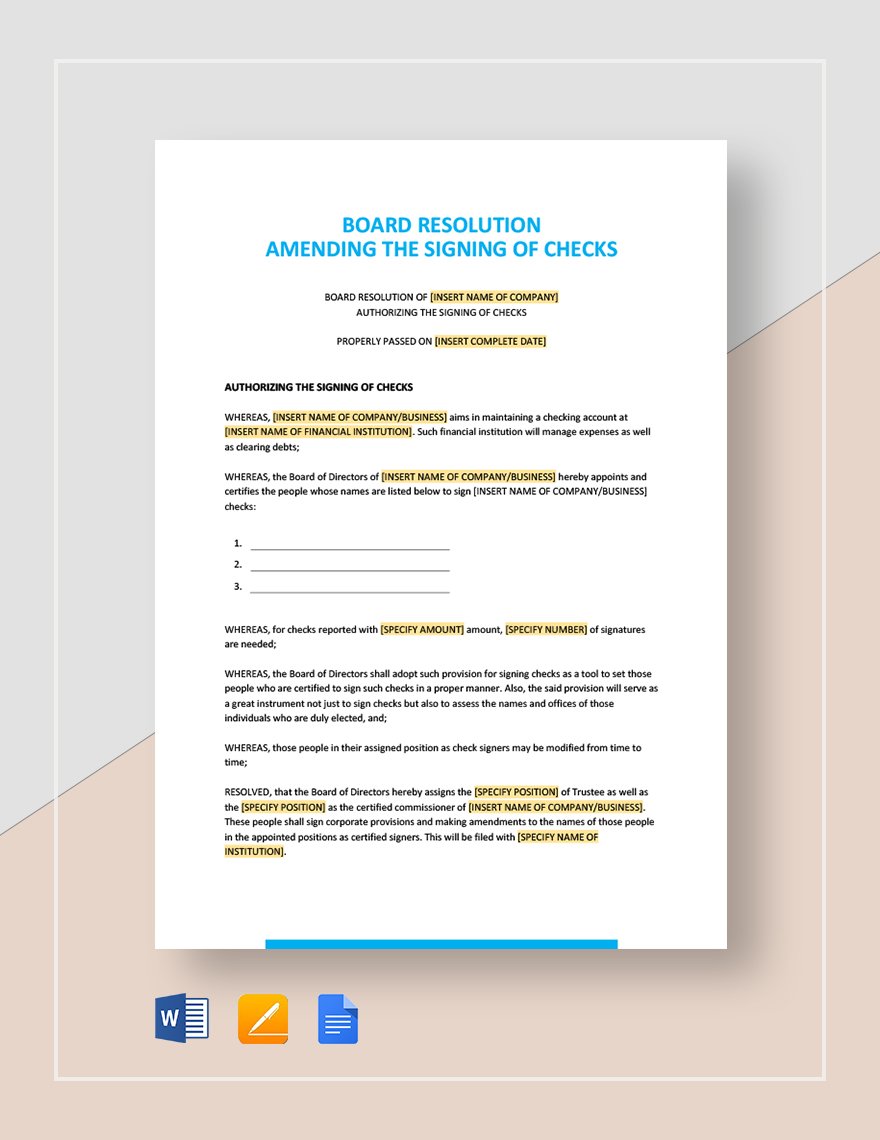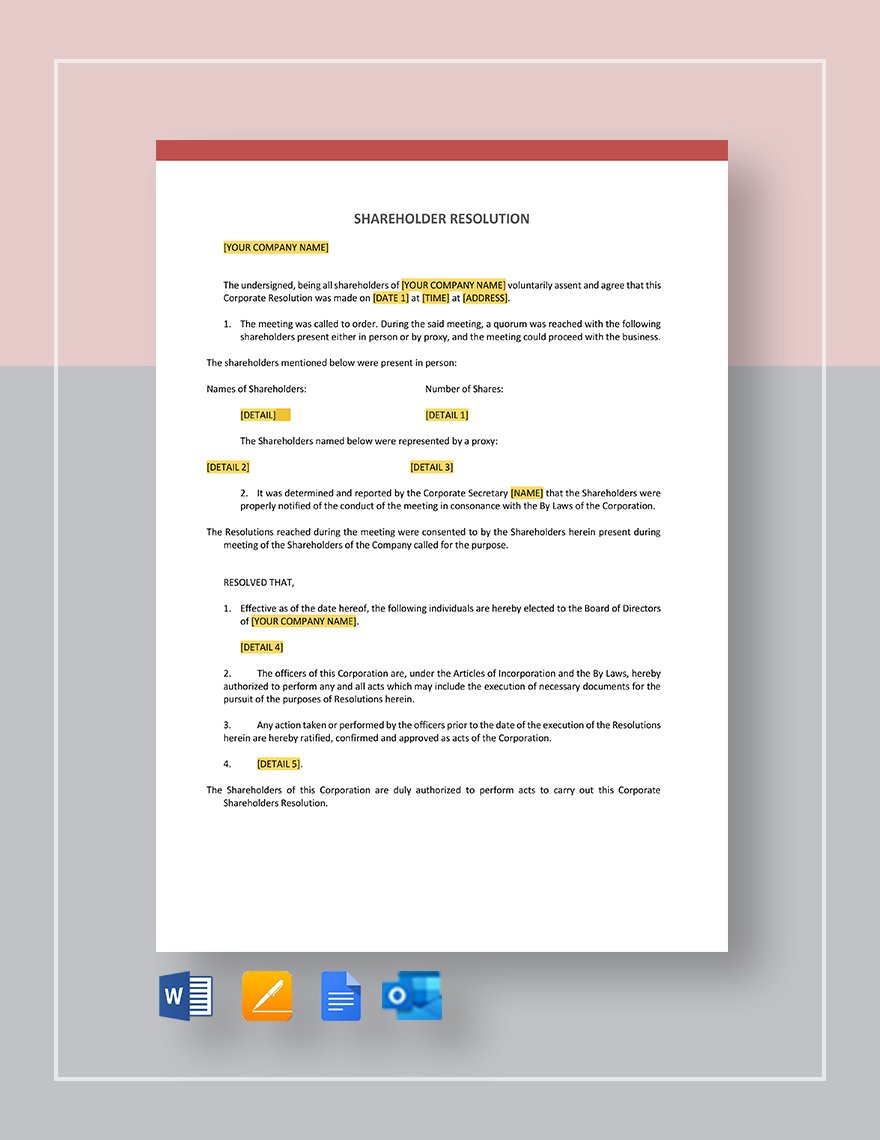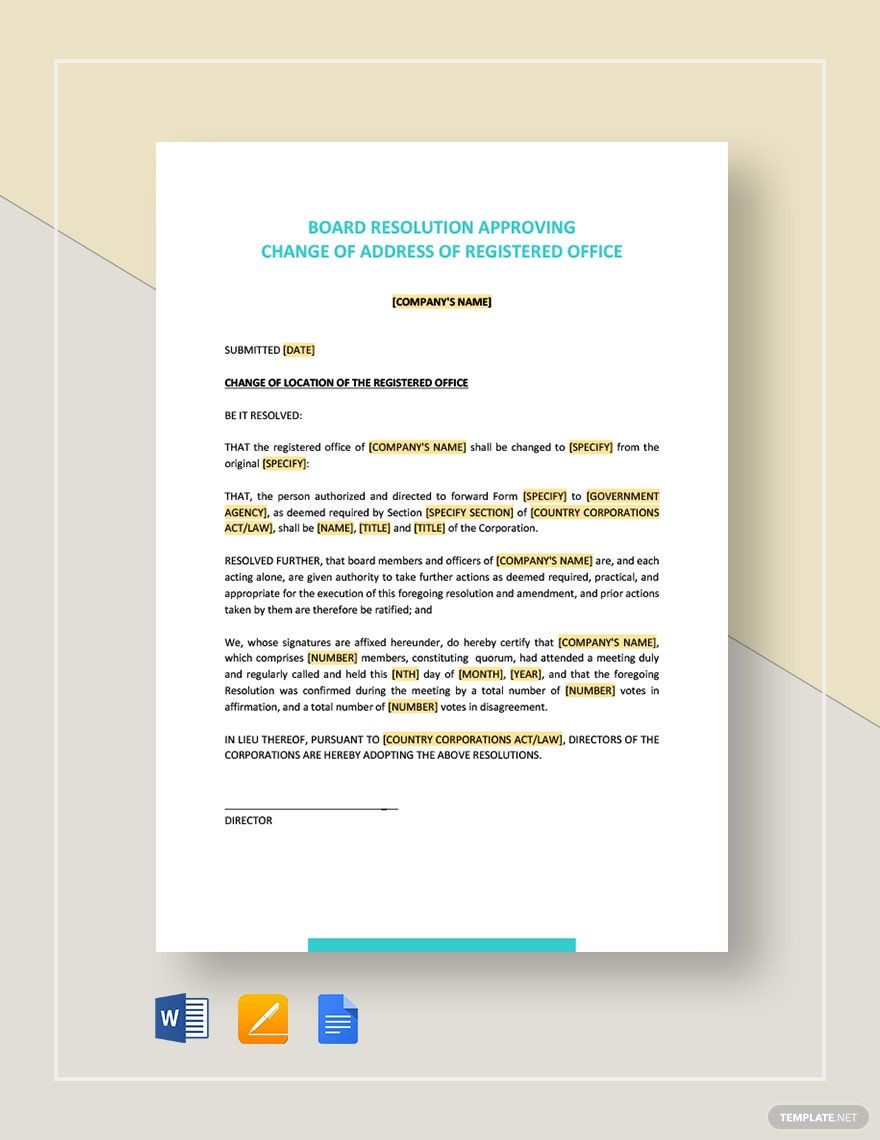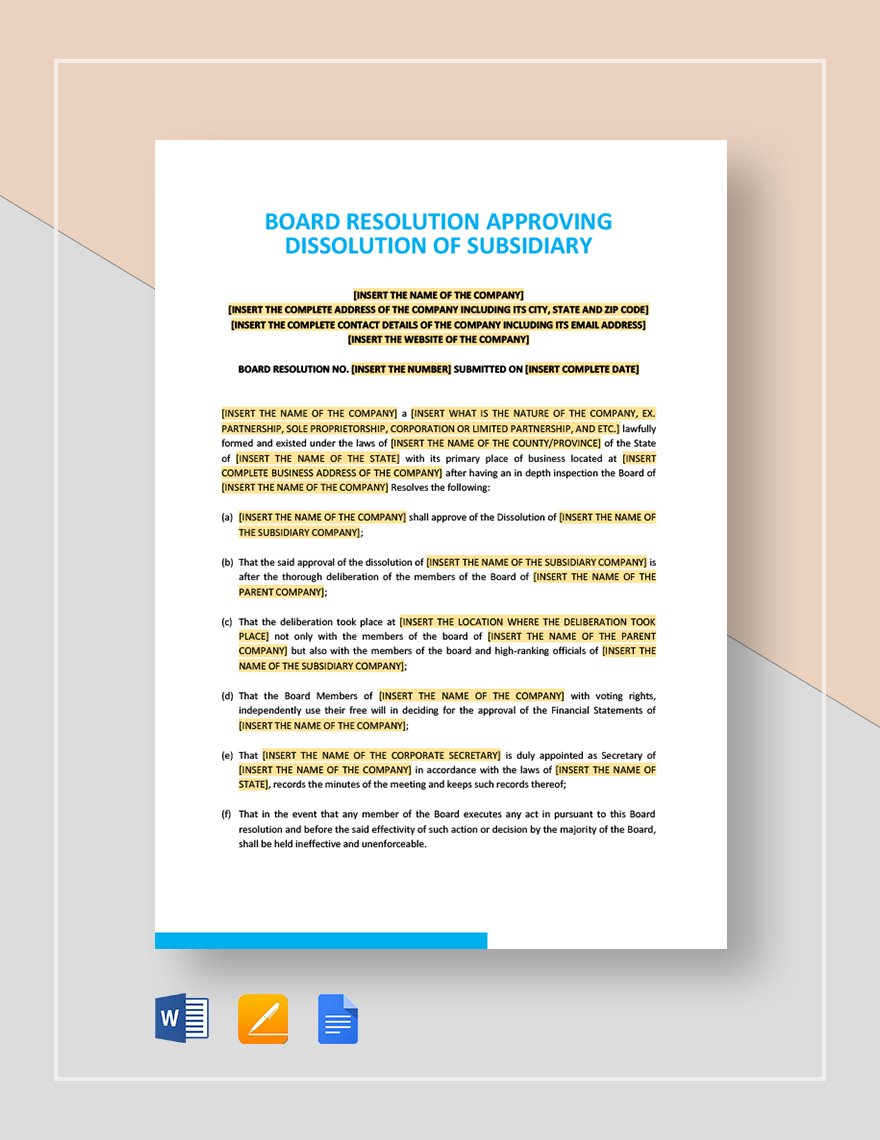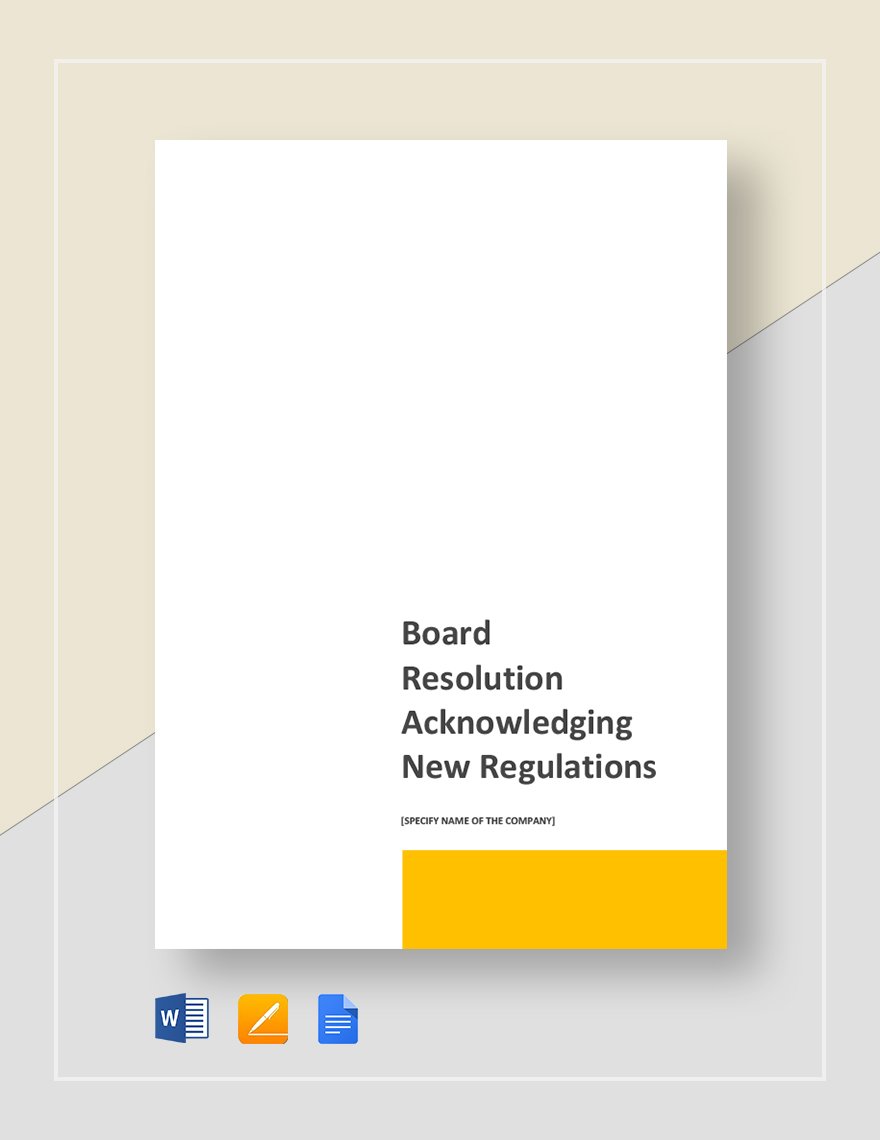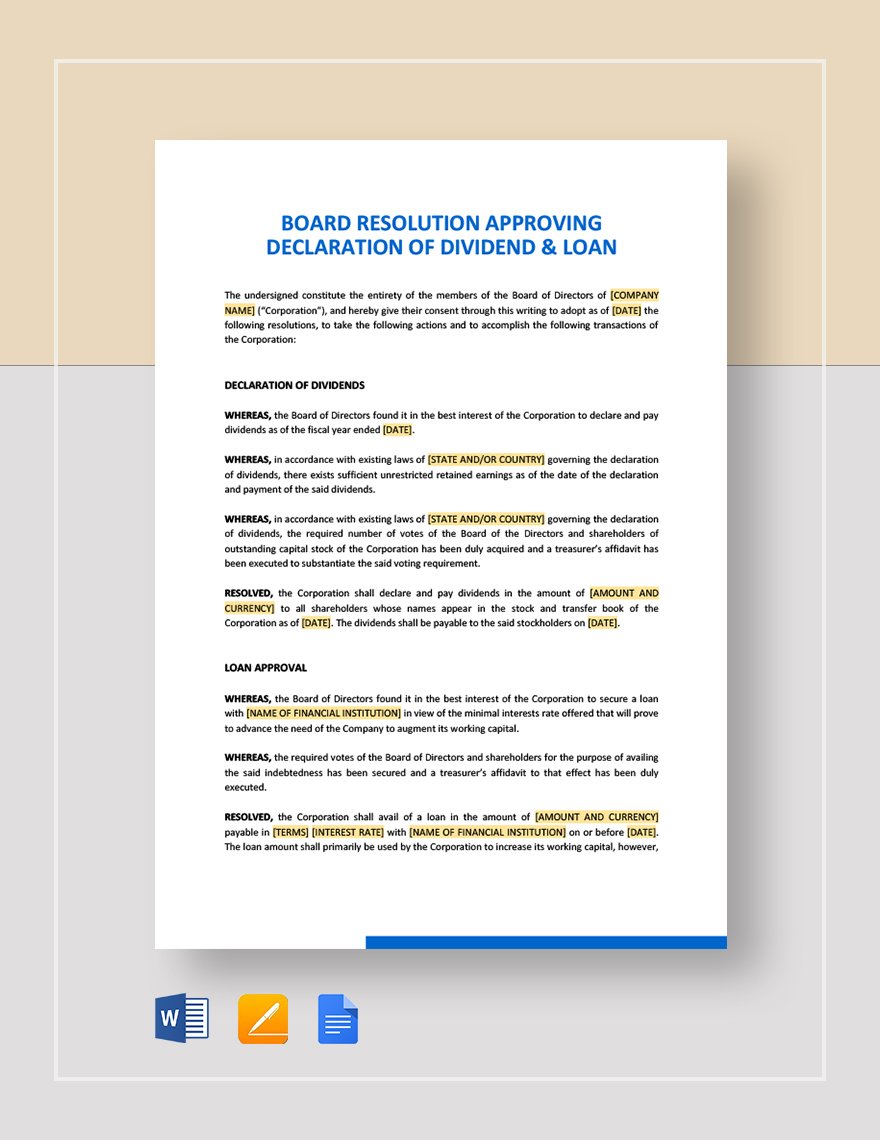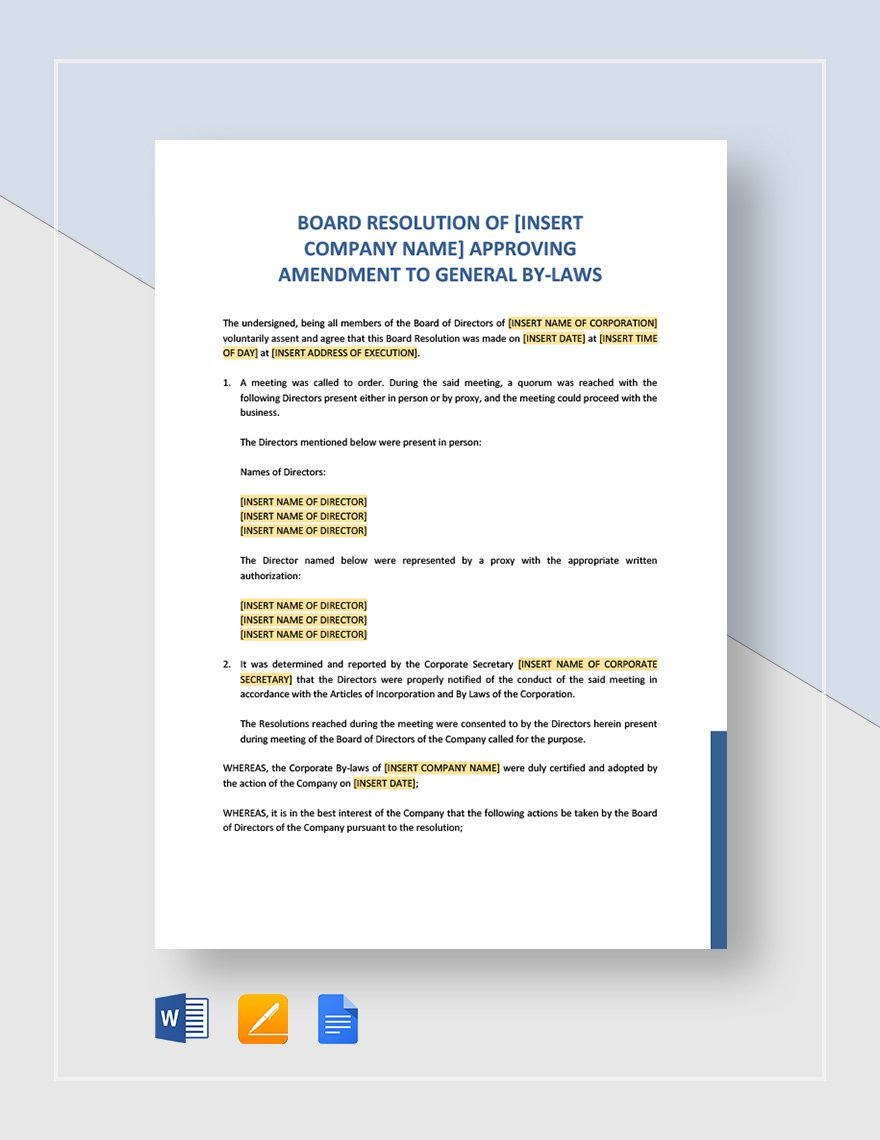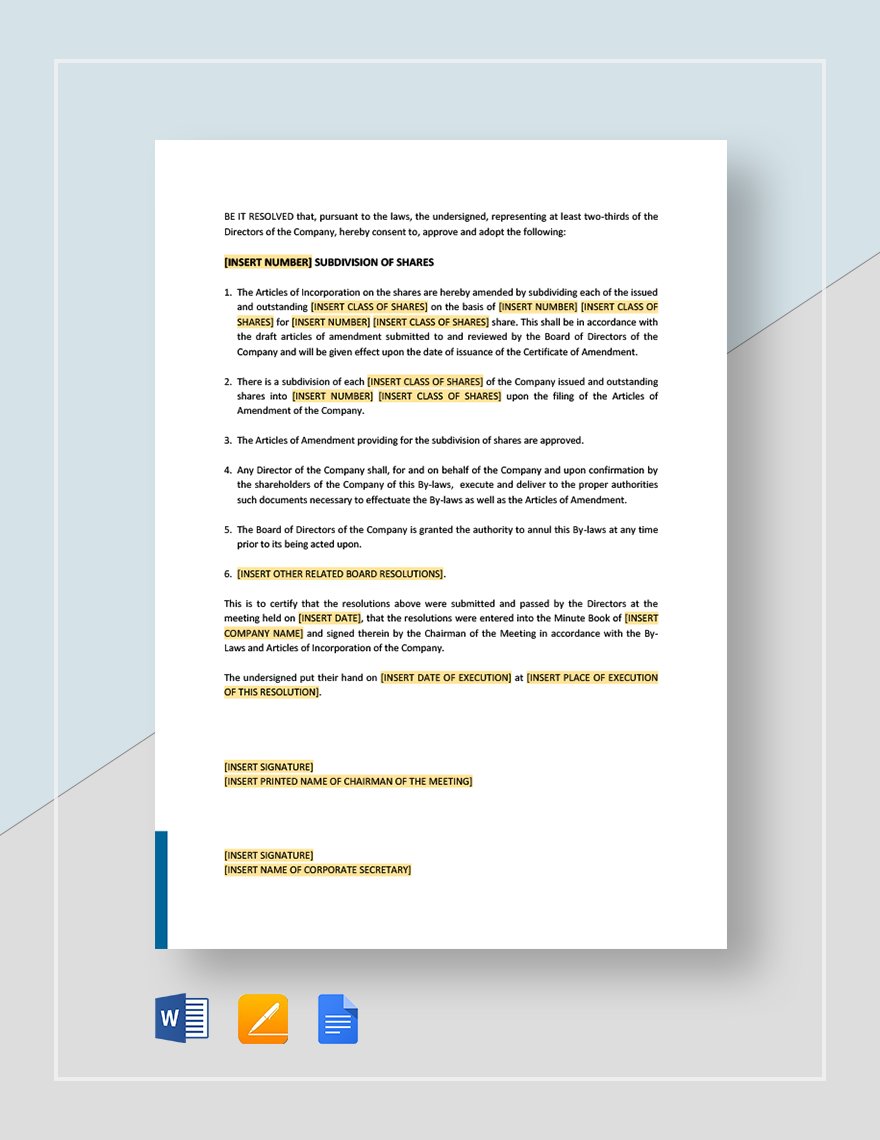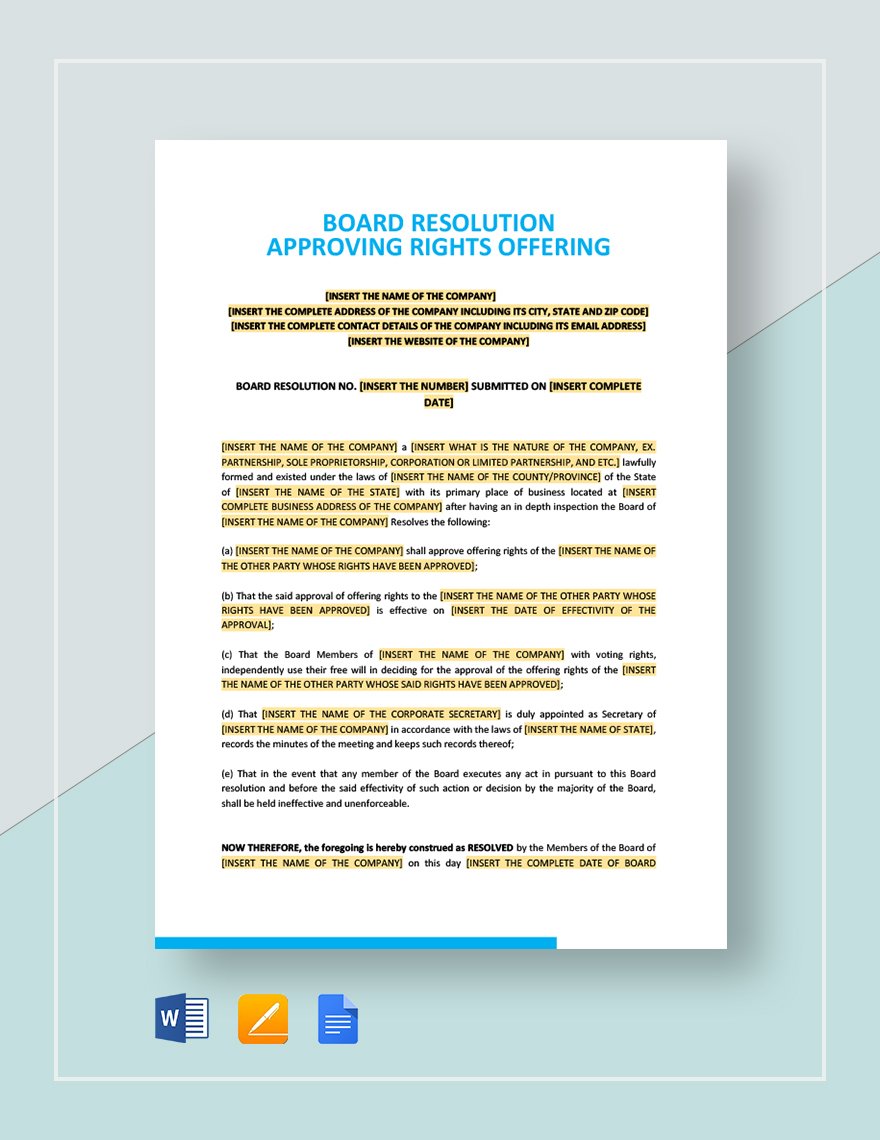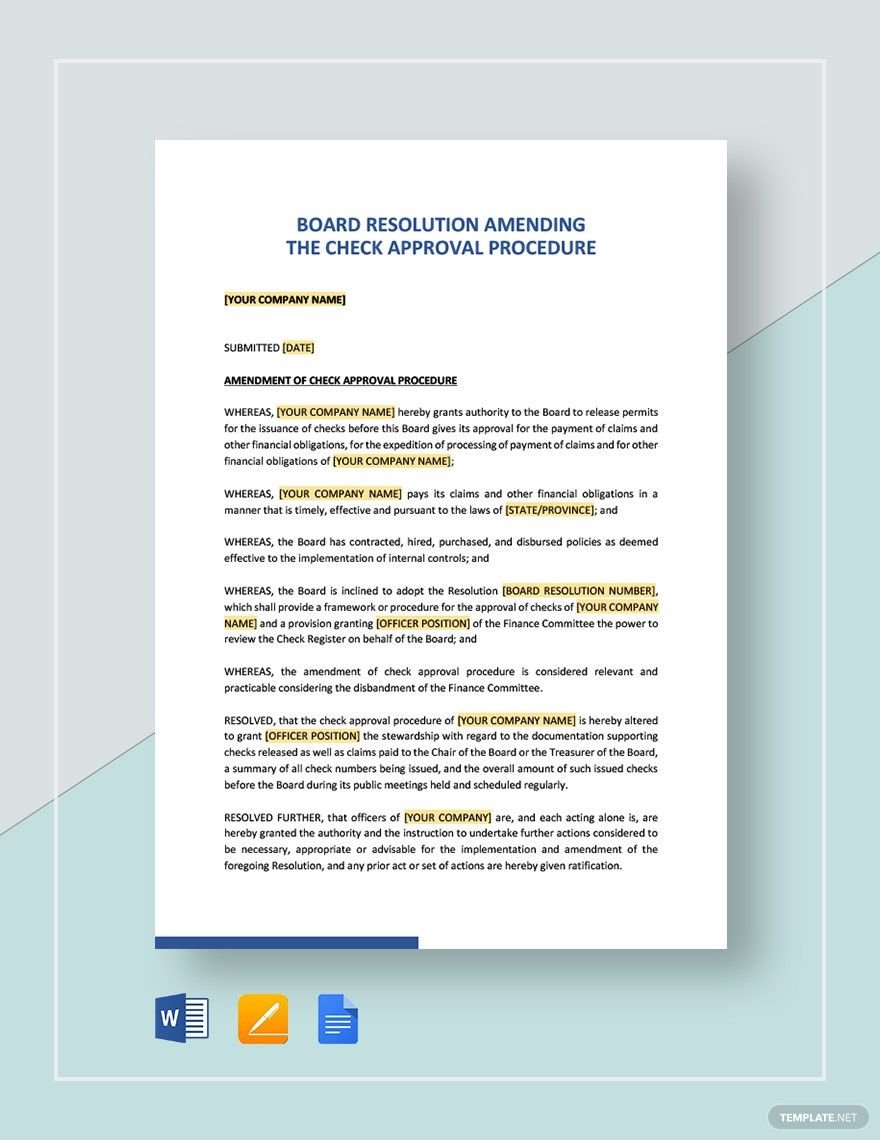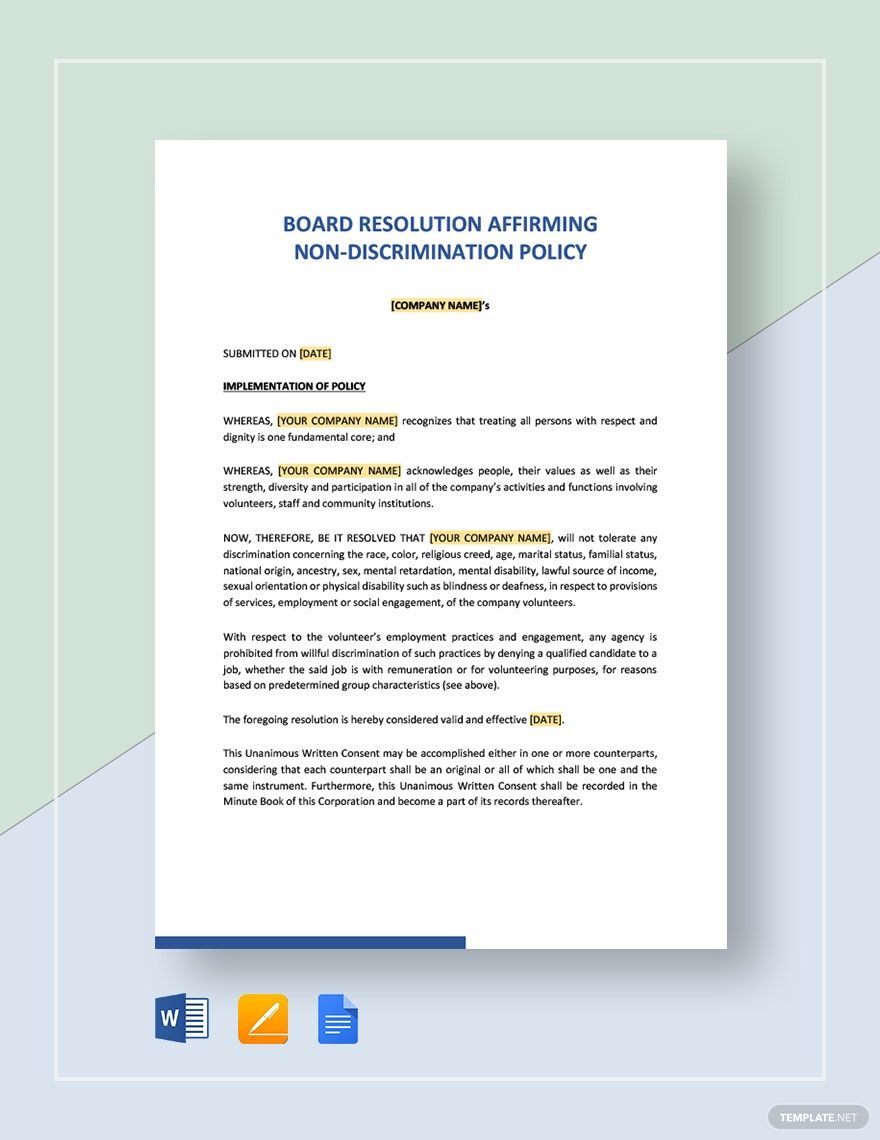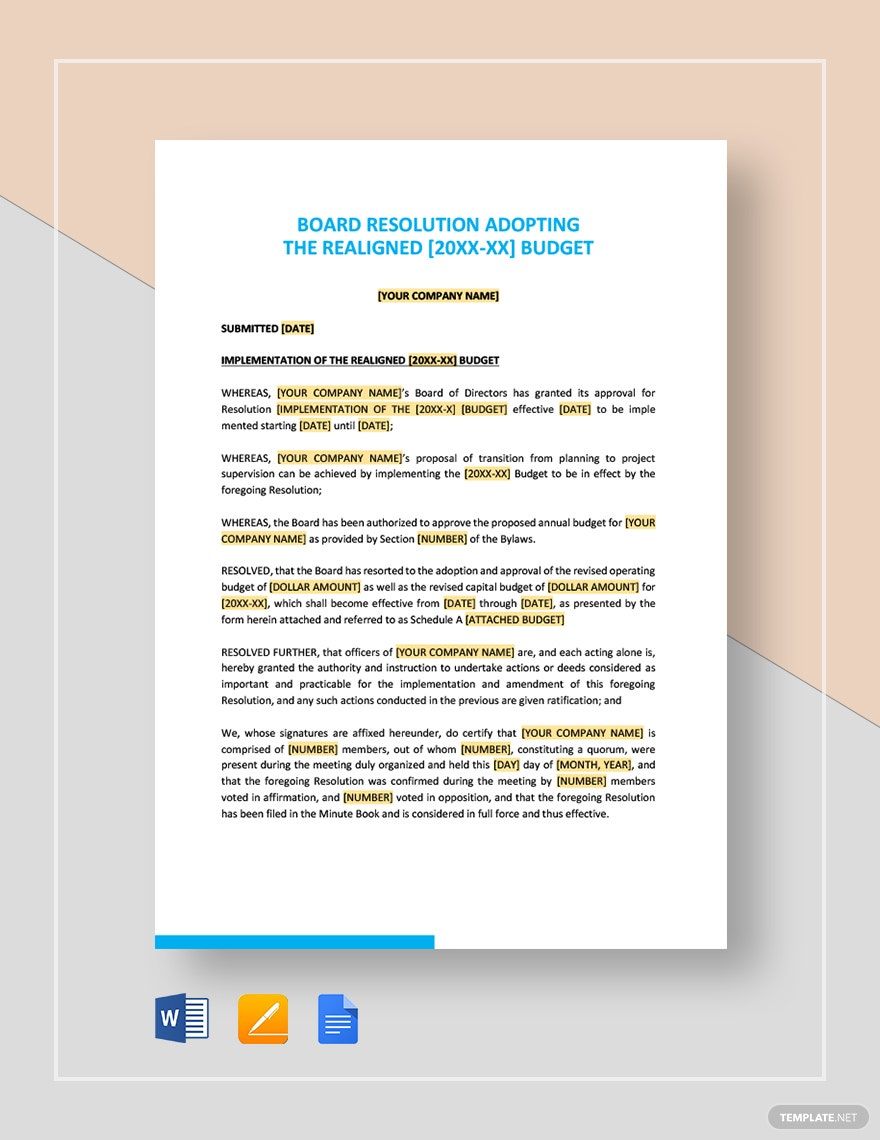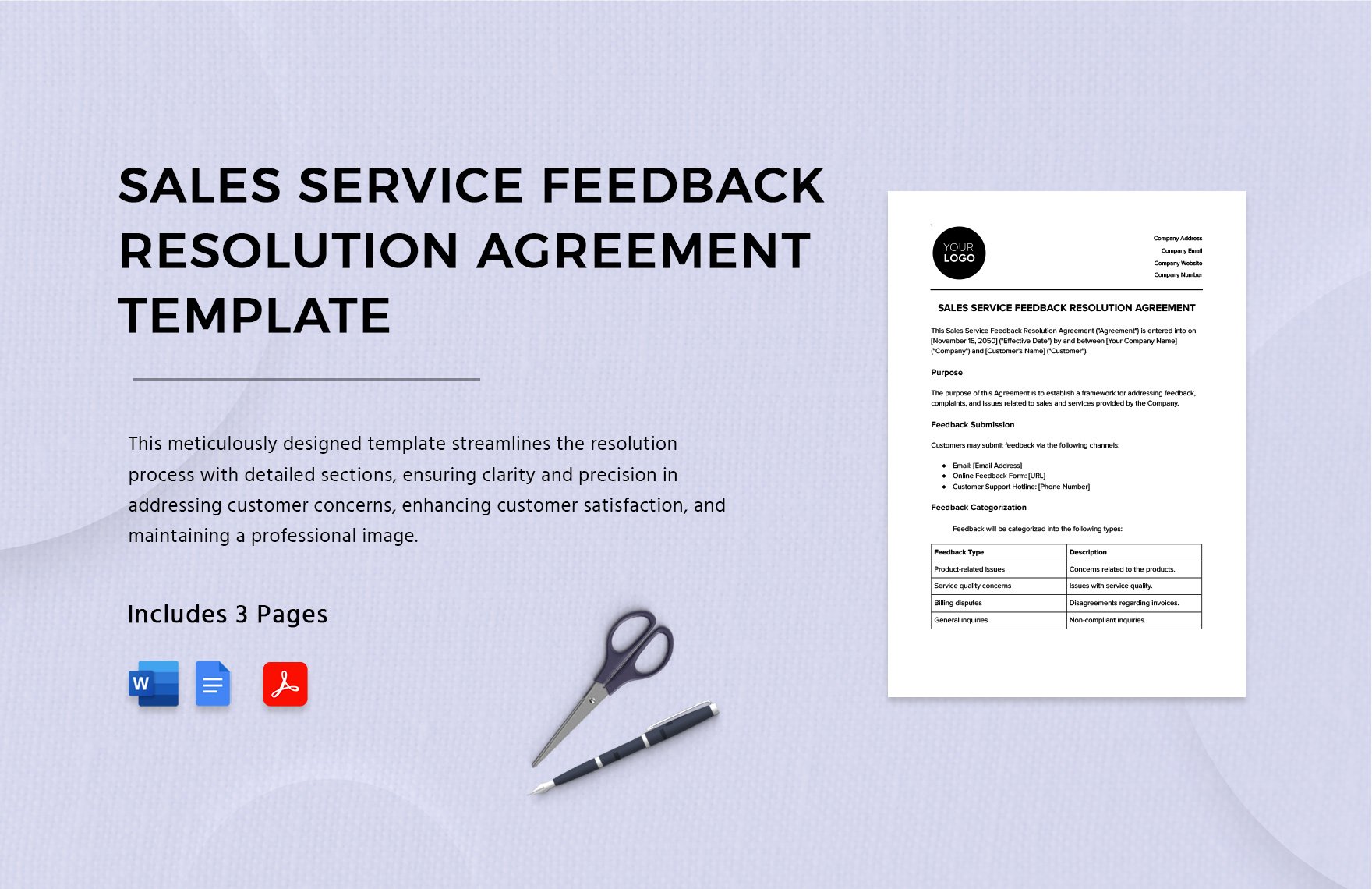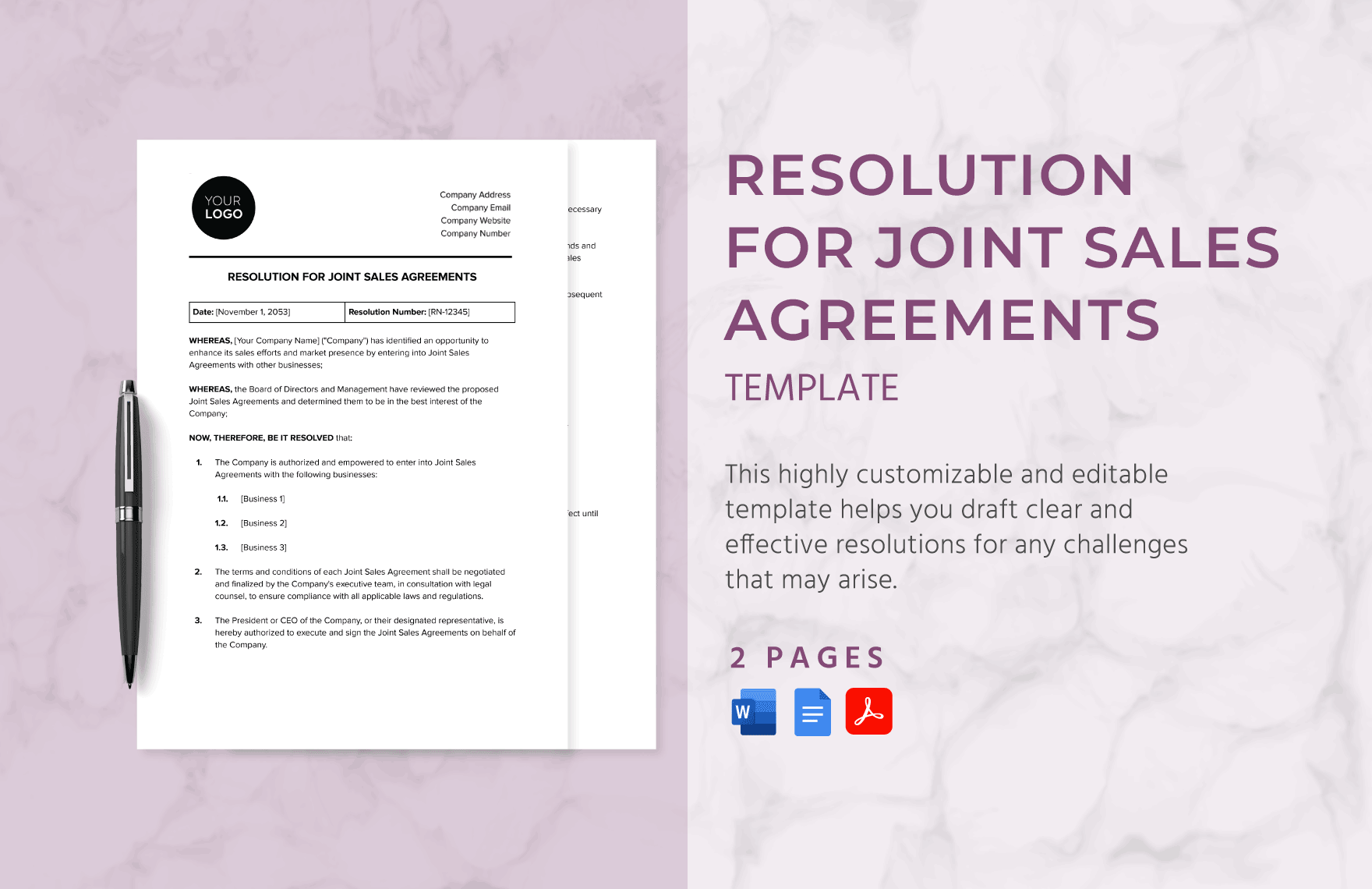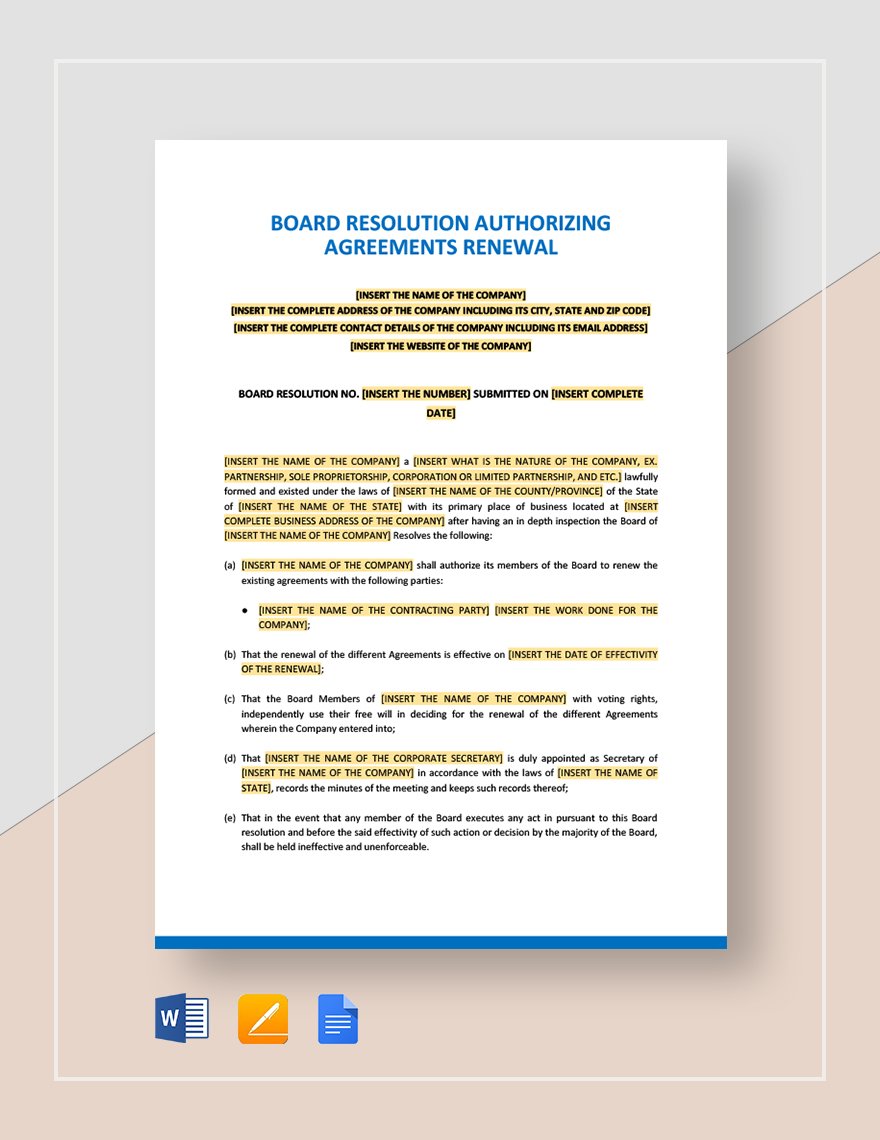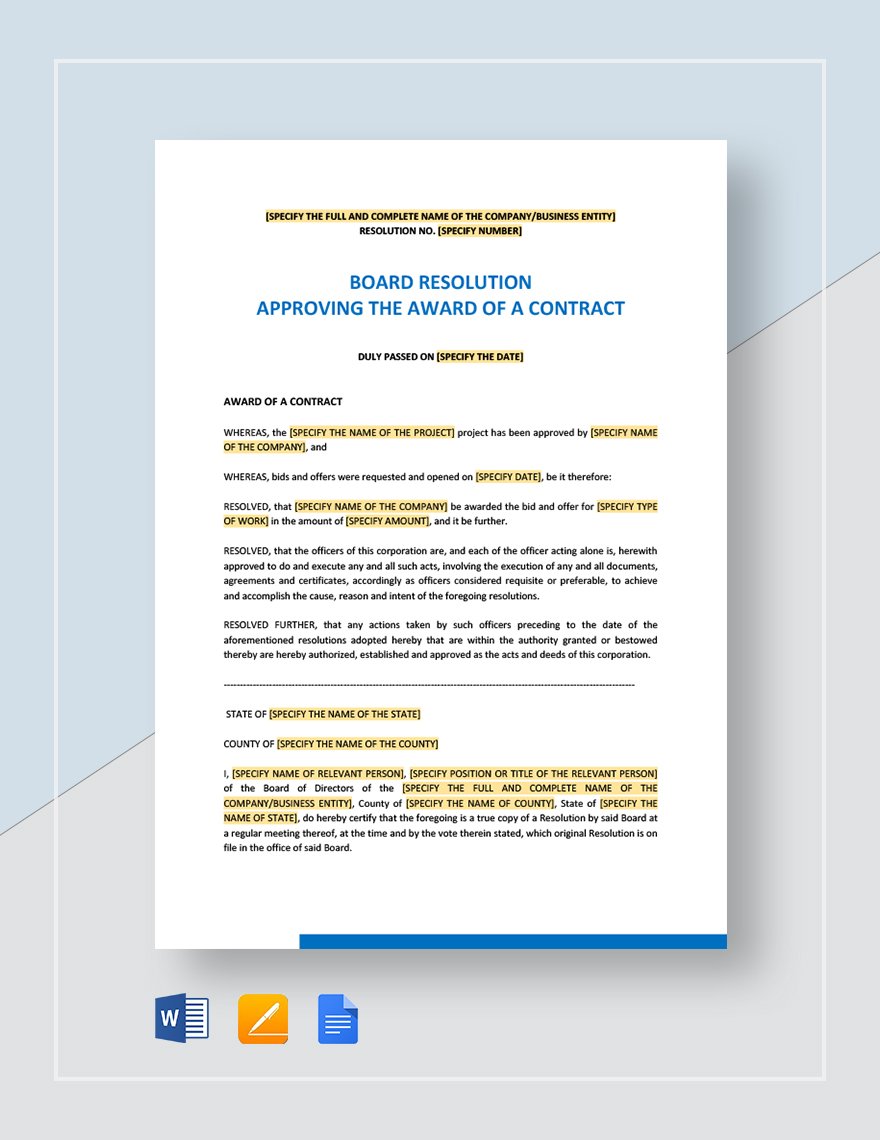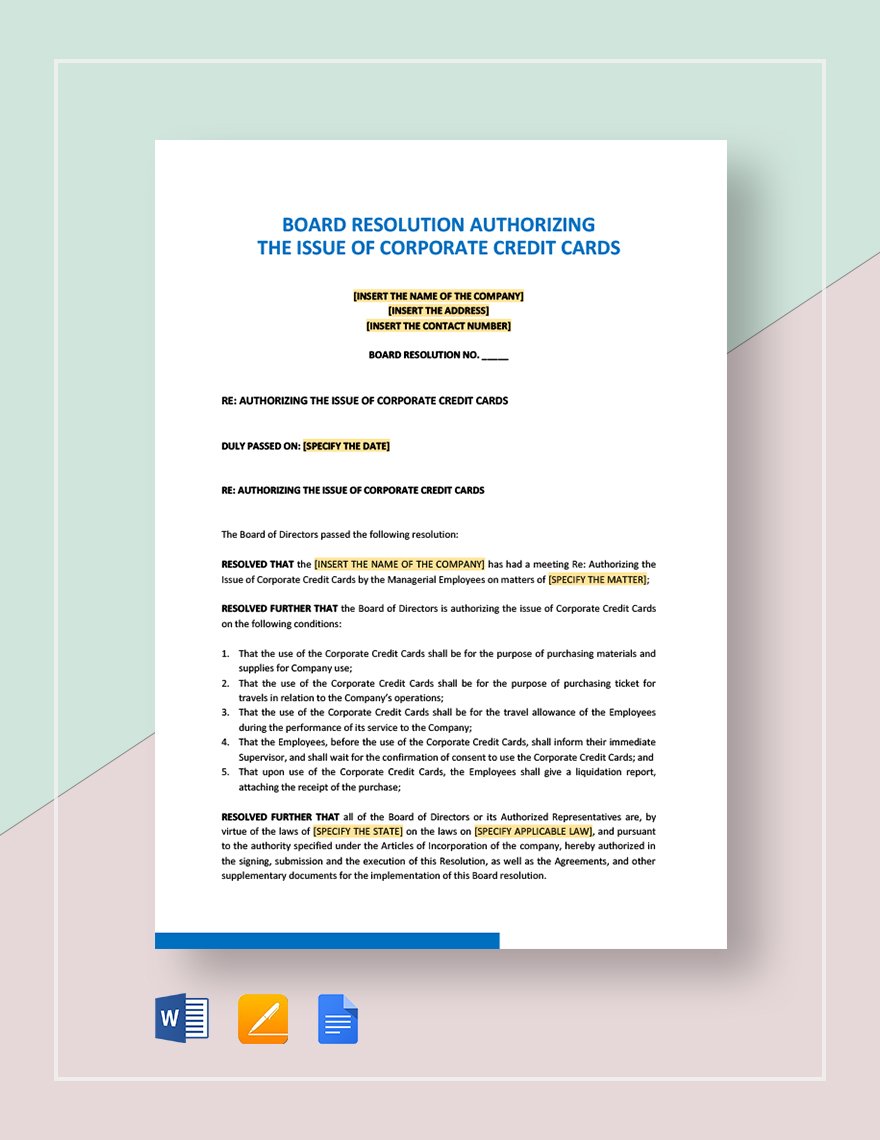Make your resolution agreements seamless and efficient with Resolution Agreement Templates from Template.net.
Keep your legal team engaged, streamline legal processes, and enhance productivity with our Resolution Agreement Templates by Template.net. These templates are perfect for legal professionals and organizations looking to create clear and concise resolution agreements without delays. Whether you need to settle disputes within your company or outline resolutions between multiple parties, our templates provide a reliable foundation. Each template includes pertinent details such as time frames, terms, and contact information to ensure comprehensive agreements. With zero advanced legal expertise required, you get access to professionally designed templates at no cost, ready for download and tailored for both print and digital use. Customize layouts effortlessly for social media sharing or official documentation to suit your needs best.
Discover the many resolution agreement templates we have on hand to simplify your legal documentation process. Begin by selecting a template from our extensive library, then easily swap in your assets and customize colors and fonts to reflect your brand identity. Enhance your documents with advanced touches by dragging and dropping icons and graphics or incorporating animated effects. Our AI-powered text tools ensure you can edit content efficiently and with no technical skills required. With regularly updated templates, you’ll always have fresh and innovative designs to choose from. Once your document is perfected, download or share it conveniently through links, email, print, or export, ensuring it’s ideal for multiple channels and real-time collaboration.
